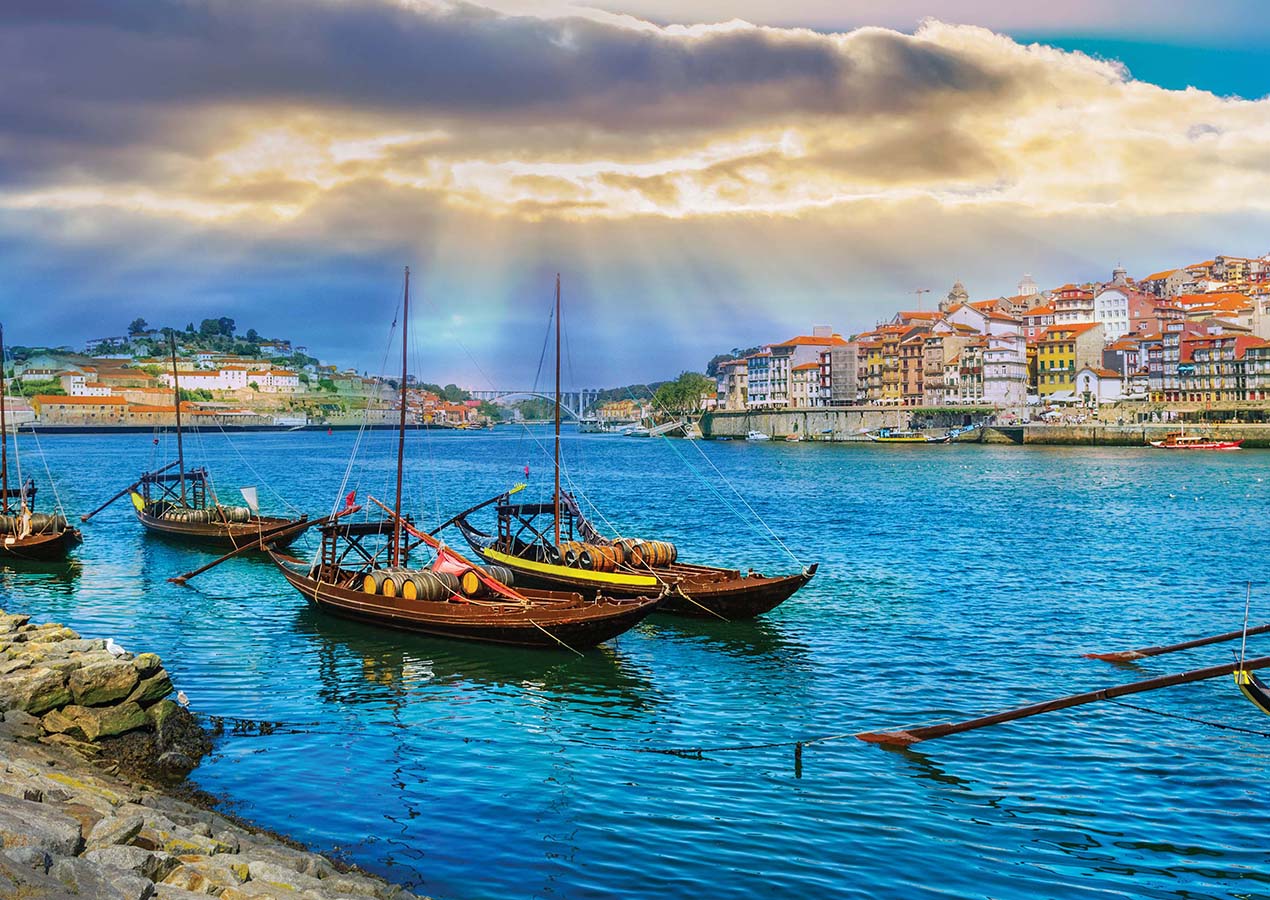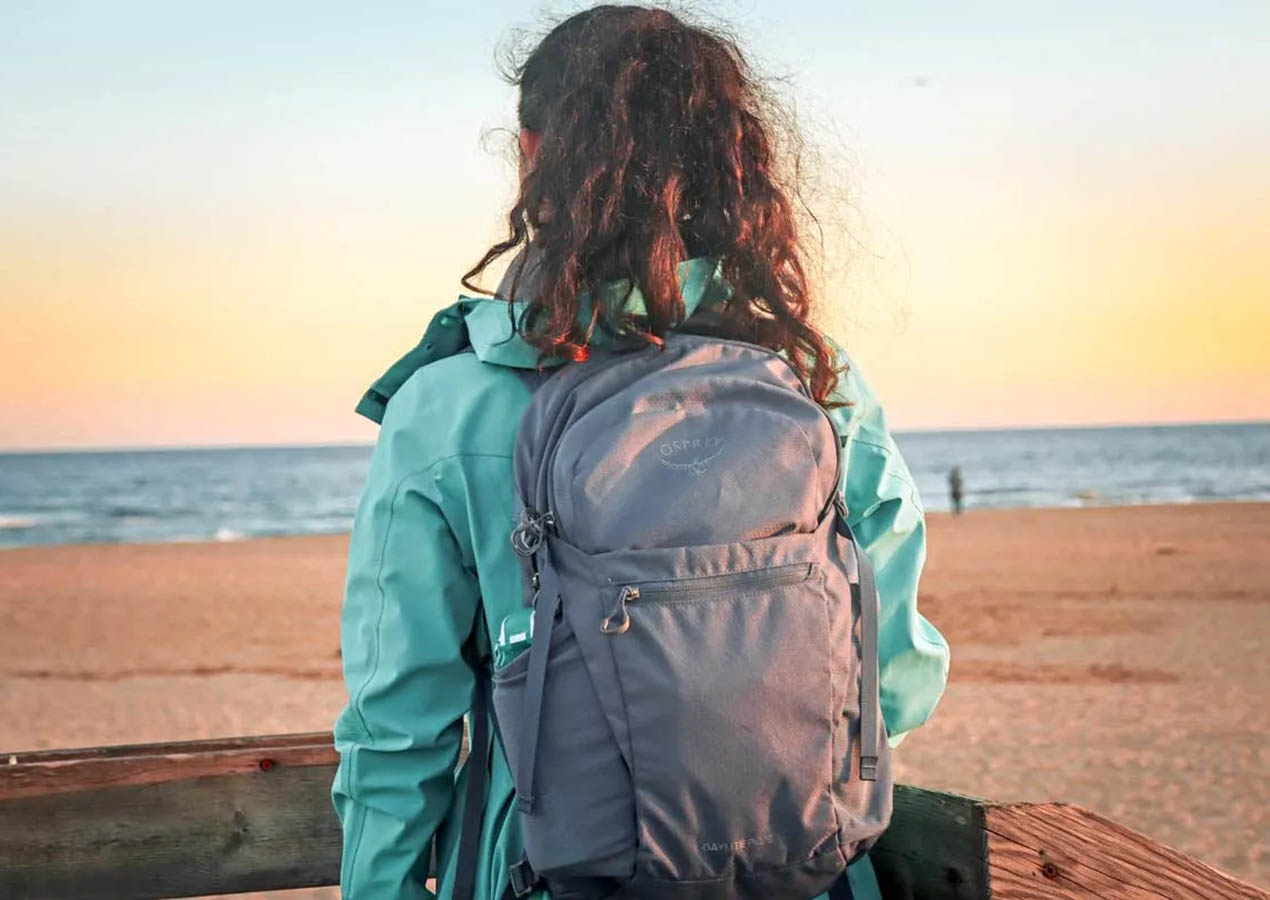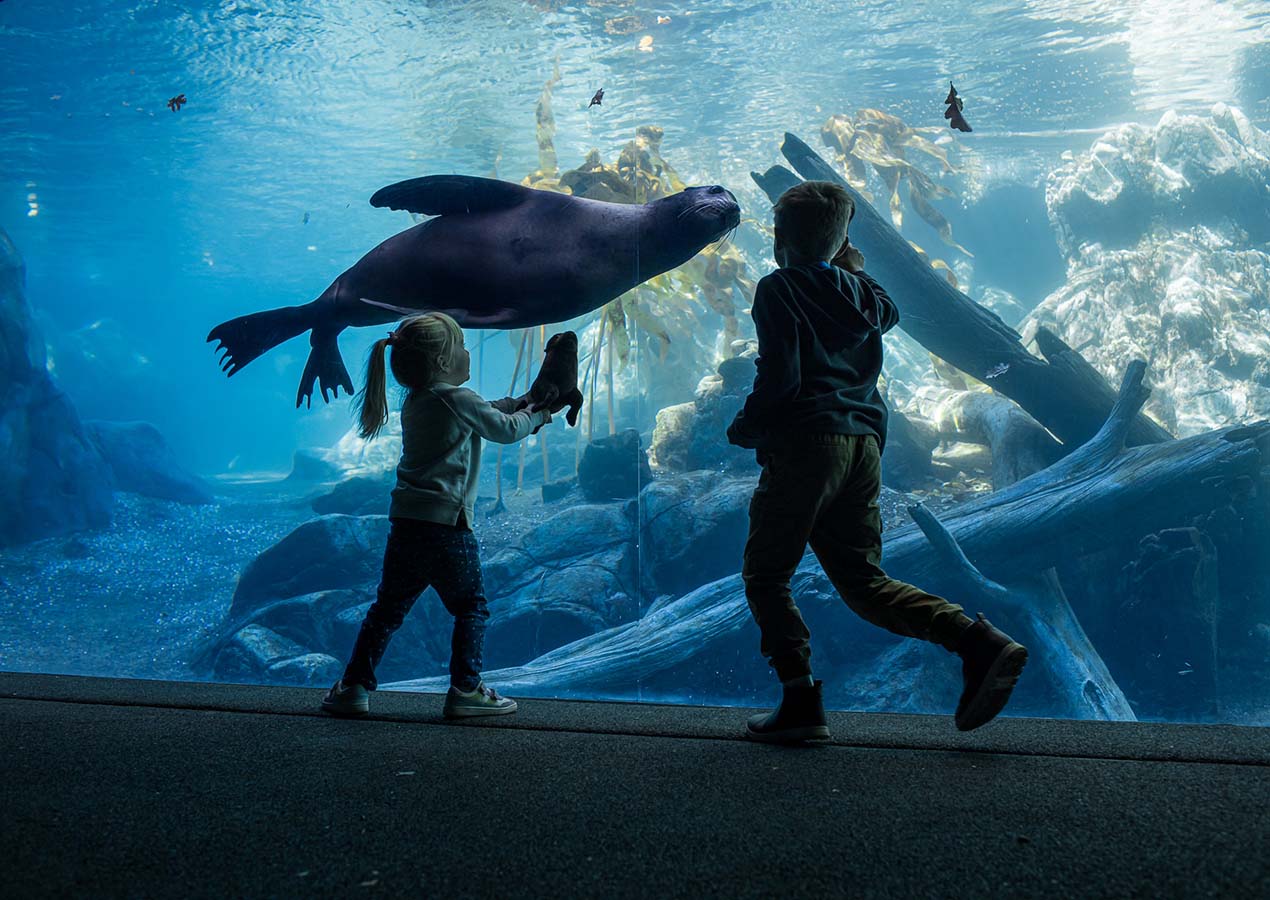When I first planned my trip to Vigo, I didn’t know what to expect. The city, nestled on the northwest coast of Spain in the Galicia region, was not high on my radar, but it quickly turned out to be one of the most memorable coastal experiences I’ve had. From the rugged cliffs to the sandy beaches, the striking mix of modernity and tradition, and the welcoming spirit of the people, Vigo has become a destination I now recommend to anyone seeking a unique coastal getaway.
1. The Journey Begins: Arriving in Vigo
Arriving in Vigo felt like stepping into another world. As the plane descended over the estuary, the sight of shimmering blue waters meeting a patchwork of green hills immediately took my breath away. Vigo is located on the shores of the Ría de Vigo, a wide estuary surrounded by mountains. The view from the air already hinted at what was to come – dramatic coastlines, charming fishing villages, and an endless horizon that invites you to explore.
The city’s airport is just a short drive from the center, and I found myself in the heart of Vigo in no time. The atmosphere in the city is a blend of laid-back vibes and urban energy, and the coastal influence is evident everywhere. My first stop was to the promenade along the harbor, where I could already catch glimpses of the sea and feel the ocean breeze.
2. A Walk Along the Waterfront
The waterfront in Vigo is a blend of modernity and history. I started my coastal journey by walking along the Porto de Vigo, which is one of the busiest ports in Spain, but also a place full of charm and history. As I wandered along the dock, the juxtaposition of sleek yachts and traditional fishing boats struck me. The port is still very much a working hub, but it also serves as a gateway to the rest of the Galicia region.
The quayside was lined with cafes and seafood restaurants, each offering the freshest catch of the day. I couldn’t resist stopping at one of the restaurants to enjoy a plate of octopus, a Galician specialty, served with a glass of Albariño, a white wine that is produced in the region. The flavors were vibrant and fresh, exactly what I had hoped for when coming to this coastal paradise.
3. The Beaches of Vigo: A Hidden Gem

What surprised me most about Vigo was its beaches. When I think of Spain, I often imagine crowded, tourist-heavy beach resorts, but Vigo’s beaches are a welcome contrast. Not only are they beautiful, but they are also relatively peaceful, even during the warmer months. I had heard about the Praia de Samil, one of the city’s most popular beaches, and decided to spend a day there.
The Praia de Samil stretches for several kilometers along the coastline, with fine sand and clear waters that make it perfect for swimming, sunbathing, or simply taking in the view. As I walked along the shore, I noticed how well-maintained the beach is, with designated areas for picnics, sports, and even a few pools for children. It’s clear that the locals take pride in their coastal paradise.
In the distance, I could see the Cíes Islands, which are part of the Illas Atlánticas National Park. The islands are accessible by boat, and I made it a point to visit them a few days later in my trip.
4. Exploring the Cíes Islands: A Day in Paradise
The Cíes Islands, often referred to as the “Galician Caribbean,” are a true hidden gem. I took a boat from the Vigo port and sailed across the estuary, marveling at the pristine waters and rugged coastline that gradually gave way to the islands themselves. As we approached the Cíes, I could already tell this was going to be a special experience.
There are three main islands in the Cíes Archipelago: Monteagudo, Do Faro, and San Martiño. The boat docked at Monteagudo, the largest and most popular of the islands. From the dock, a series of well-marked trails lead you up to some of the most spectacular viewpoints I have ever seen. The island is known for its stunning white-sand beaches, and I spent a good portion of the day lounging on the beach, listening to the waves lap against the shore and enjoying the unspoiled natural beauty around me.
The most impressive aspect of the Cíes Islands, however, is the sense of solitude they offer. Despite the fact that many people visit, the islands have a relaxed, almost untouched feel to them. With no cars allowed and a limited number of visitors permitted each day, it’s easy to lose yourself in the natural surroundings. The water was crystal clear, and I couldn’t resist taking a swim in the cool, refreshing ocean.
One of the highlights of my visit to the islands was hiking up to the Faro de Cíes, the lighthouse on the highest point of the island. The hike was challenging but manageable, and once at the top, the panoramic view of the Atlantic Ocean stretching out in every direction was absolutely breathtaking. It was easy to see why the islands are considered one of Spain’s best-kept secrets.
5. Vigo’s Old Town: A Blend of Tradition and Modernity
After a few days of exploring the coast, I turned my attention to the city itself. Vigo’s old town, or Casco Vello, is a labyrinth of narrow streets and charming squares that reflect the city’s rich maritime history. It’s a delightful place to wander, with hidden gems around every corner, from local art galleries to intimate tapas bars.
One of the most striking features of Vigo’s old town is the abundance of traditional granite buildings. The city’s connection to the sea is clear in the architecture – many buildings have elements that evoke the maritime history of the region. As I walked through the cobbled streets, I also came across a number of small boutiques selling locally made goods, such as handwoven textiles and artisanal pottery. These shops offer a glimpse into the craftsmanship that has been passed down through generations in Galicia.
At one point, I stumbled upon the Plaza Mayor, a bustling square surrounded by cafes and bars, where locals were enjoying coffee and conversations. I stopped for a drink at one of the terraces and struck up a conversation with a couple of locals, who were eager to share their favorite spots in the city. One of the recommendations I got was to visit the Mercado de la Piedra, an open-air market famous for its wide selection of seafood, fresh produce, and local crafts. It was a great place to experience the flavors of the region up close and to interact with the friendly vendors.
6. Vigo’s Coastal Cuisine: A Taste of Galicia
One of the true highlights of any trip to Vigo is the food. Galicia is renowned for its seafood, and Vigo, being a coastal city, is the perfect place to sample the freshest catch. Every meal I had was an experience in itself. The seafood here is unlike anything I’ve had before – from razor clams to barnacles to the tenderest of squid, the quality was unmatched.
One night, I visited a small, family-owned restaurant called O Rincón do Sabor, tucked away in the old town. The menu featured a variety of traditional Galician dishes, and I decided to go for a full seafood feast. The waiter recommended the “mariscada,” a Galician seafood platter, and I was not disappointed. It was a mountain of fresh shellfish, including lobster, prawns, mussels, and more, all served with a simple garlic and olive oil dressing that let the natural flavors shine.
Another standout experience was enjoying a dish of “pulpo a la gallega” (Galician-style octopus) at a local tavern. The tender octopus, boiled and then drizzled with paprika, olive oil, and sea salt, was simply divine. It’s no wonder that Galician food has earned a reputation for being some of the best in Spain.

7. Exploring the Surrounding Coast: Day Trips to Hidden Villages
While Vigo itself is a coastal gem, the surrounding region offers even more hidden treasures. One of my favorite day trips was to the small town of Combarro, located about 30 minutes outside of Vigo. This picturesque village is known for its traditional granite houses, narrow streets, and dozens of “hórreos” – raised granaries that dot the landscape. Walking through the village felt like stepping back in time.
Combarro is also known for its waterfront, which is lined with colorful boats and fishing huts. The town is quiet and peaceful, making it the perfect place for a relaxing stroll or a leisurely meal by the water. I sat at a small cafe overlooking the bay and enjoyed a glass of Albariño, reflecting on how fortunate I was to have discovered such a beautiful part of Spain.
Another unforgettable trip was to the town of Baiona, located on the southern coast of the Ría de Vigo. Baiona is home to a stunning medieval castle, the Castillo de Monterreal, which overlooks the bay. The views from the castle are spectacular, and walking along the ramparts gave me a sense of the town’s rich maritime history. Baiona is also known for its beautiful beaches, and I spent some time relaxing by the sea, soaking up the sun and listening to the waves.
8. The Magic of Vigo: A Seaside Escape Like No Other
The more time I spent in Vigo, the more I realized how special this city is. Its natural beauty, rich cultural heritage, and warm, welcoming people made it a place I’ll always remember. From the stunning beaches and dramatic coastline to the charming old town and delicious cuisine, Vigo offers a coastal experience like no other. It’s a place where history and modernity come together seamlessly, and where the sea is always just a few steps away.
Vigo may not be as well-known as some other Spanish coastal cities, but for me, that’s part of its charm. It feels like a hidden gem – a place where the crowds are smaller, the experiences are authentic, and the beauty is simply breathtaking. If you’re looking for a coastal destination that offers everything from outdoor adventures to relaxing beach days to world-class food, Vigo should definitely be on your list.




